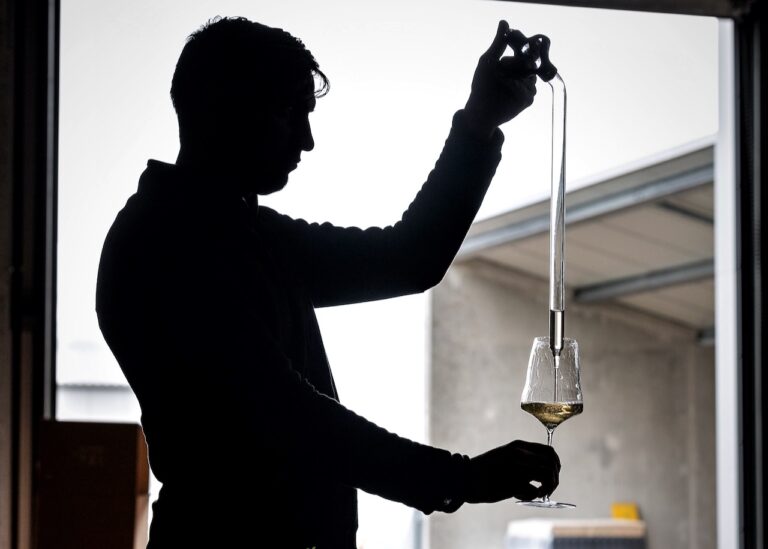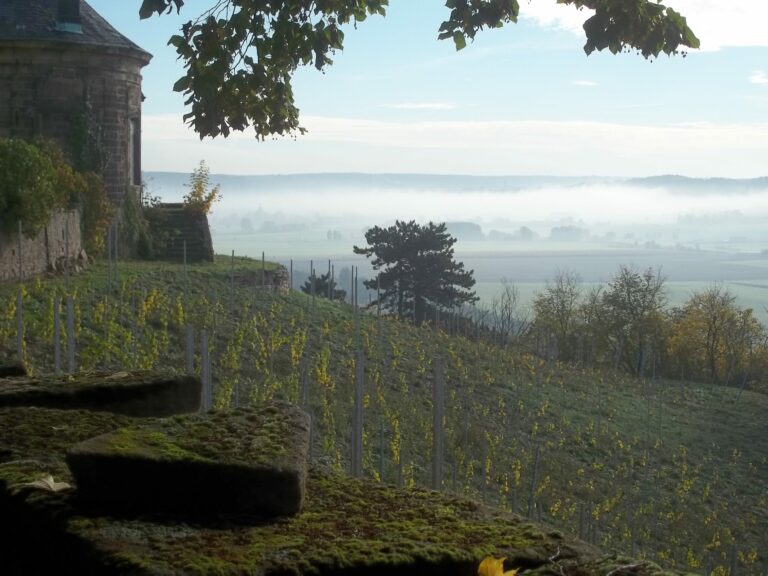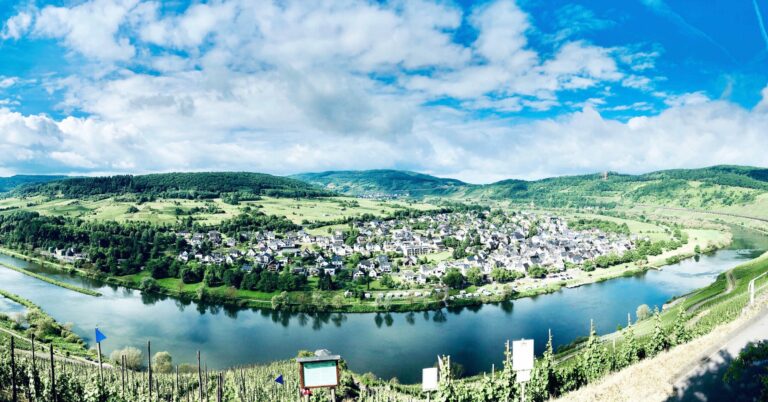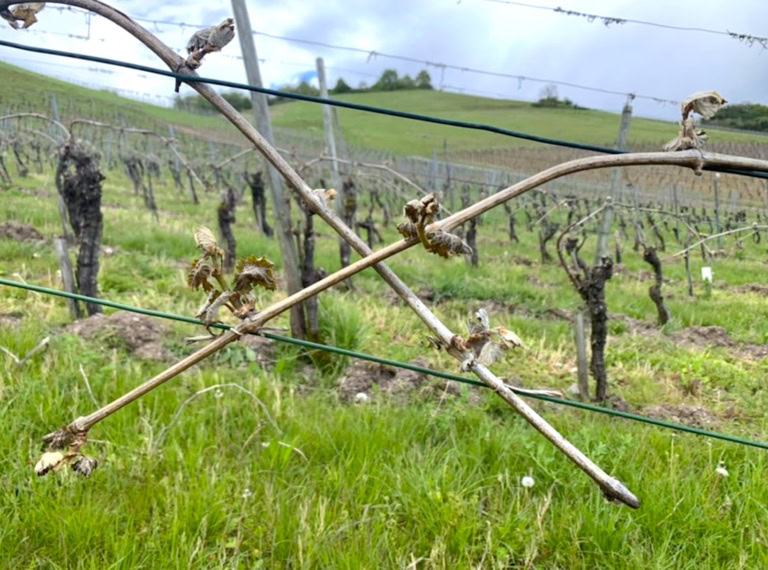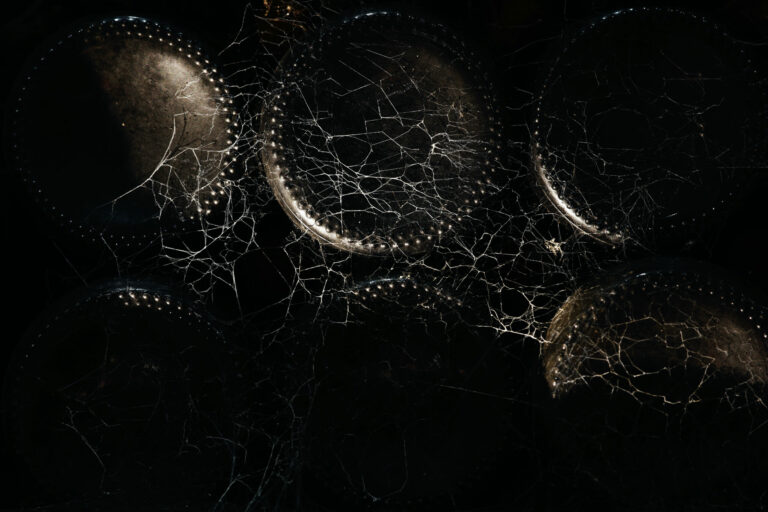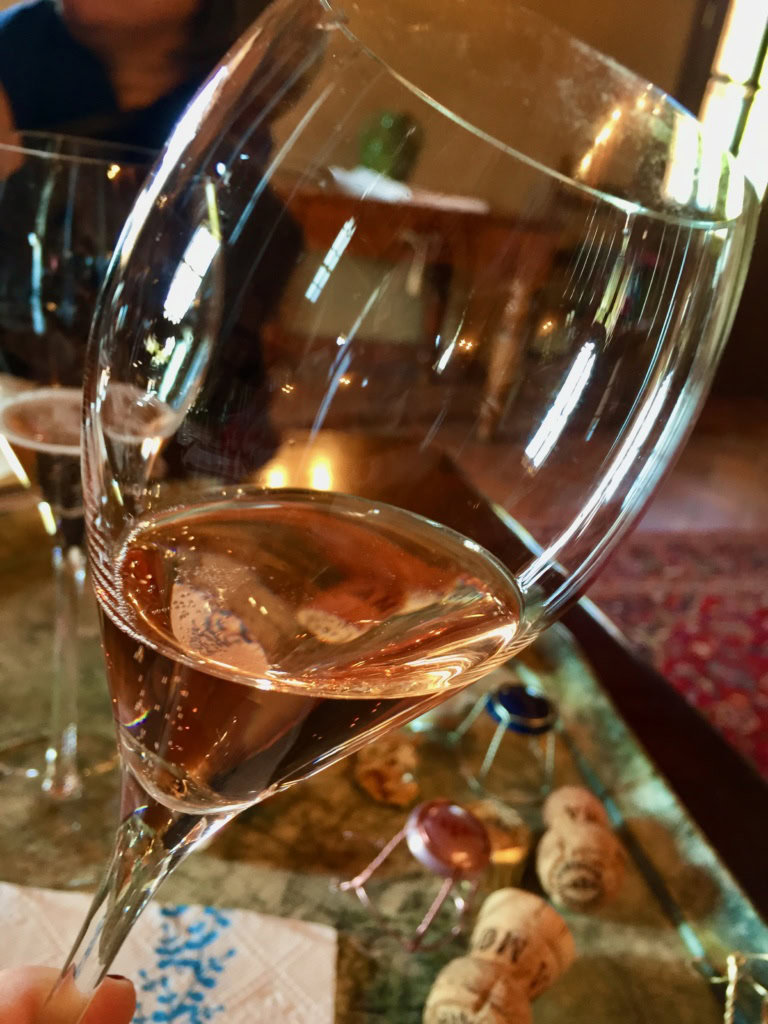Terroir Trocken
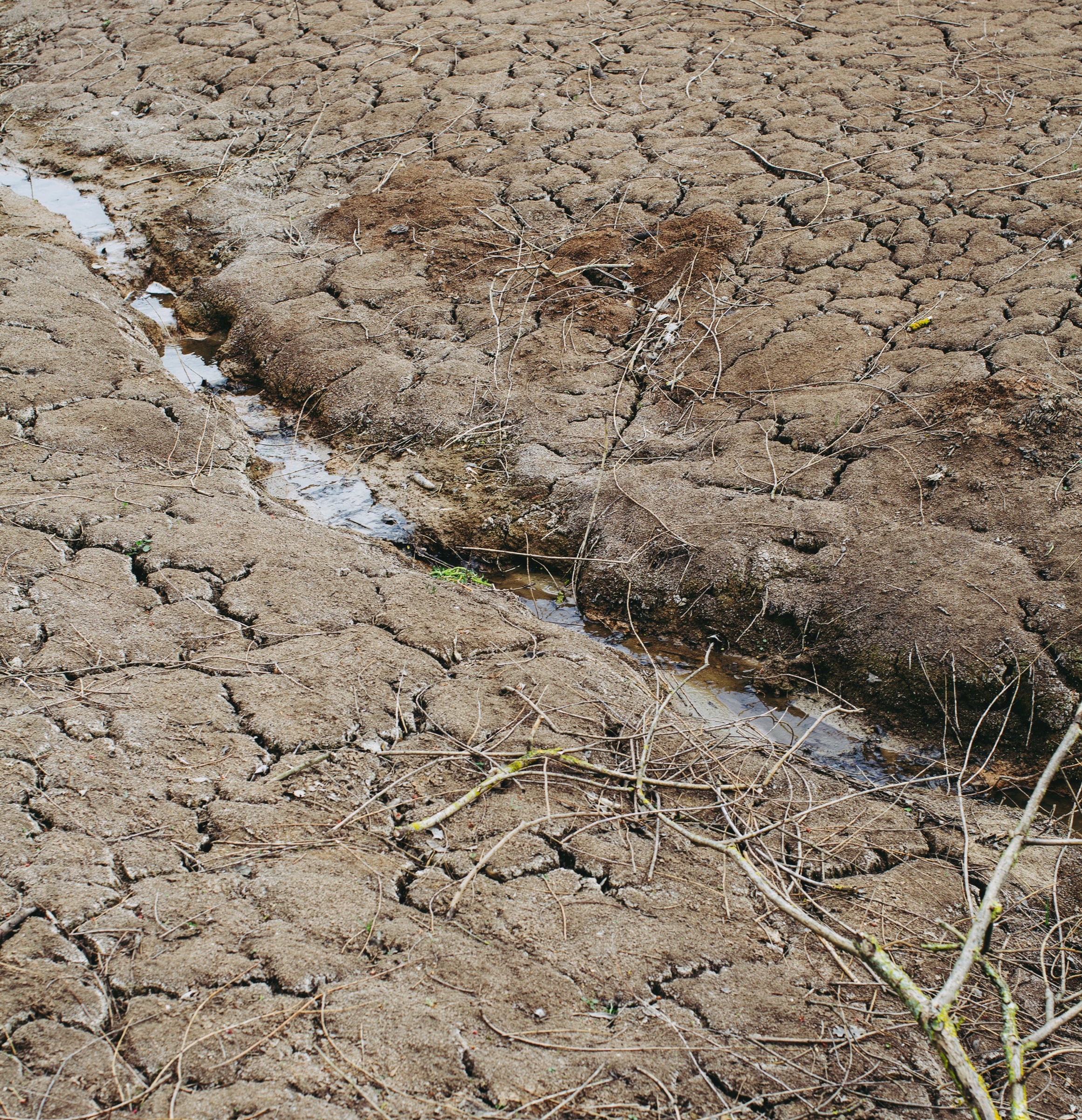
The photos that German astronaut Alexander Gerst sent back from the International Space Station during summer 2018 were deeply shocking: Germany was no longer green, but brown. The only visible green in the entirety of many of the wine regions was in fact the vines. RIP cool climate? While it was common knowledge that the summer of 2018 had been exceptionally warm, few people realize it was also the warmest ever recorded. The Average Growing Season Temperature (AVGST) registered at Geisenheim/Rheingau in 2018 was 17.8° Celsius, or 0.9° (1.6° on the Fahrenheit scale) above the previous record year, 1947. However, most were…

